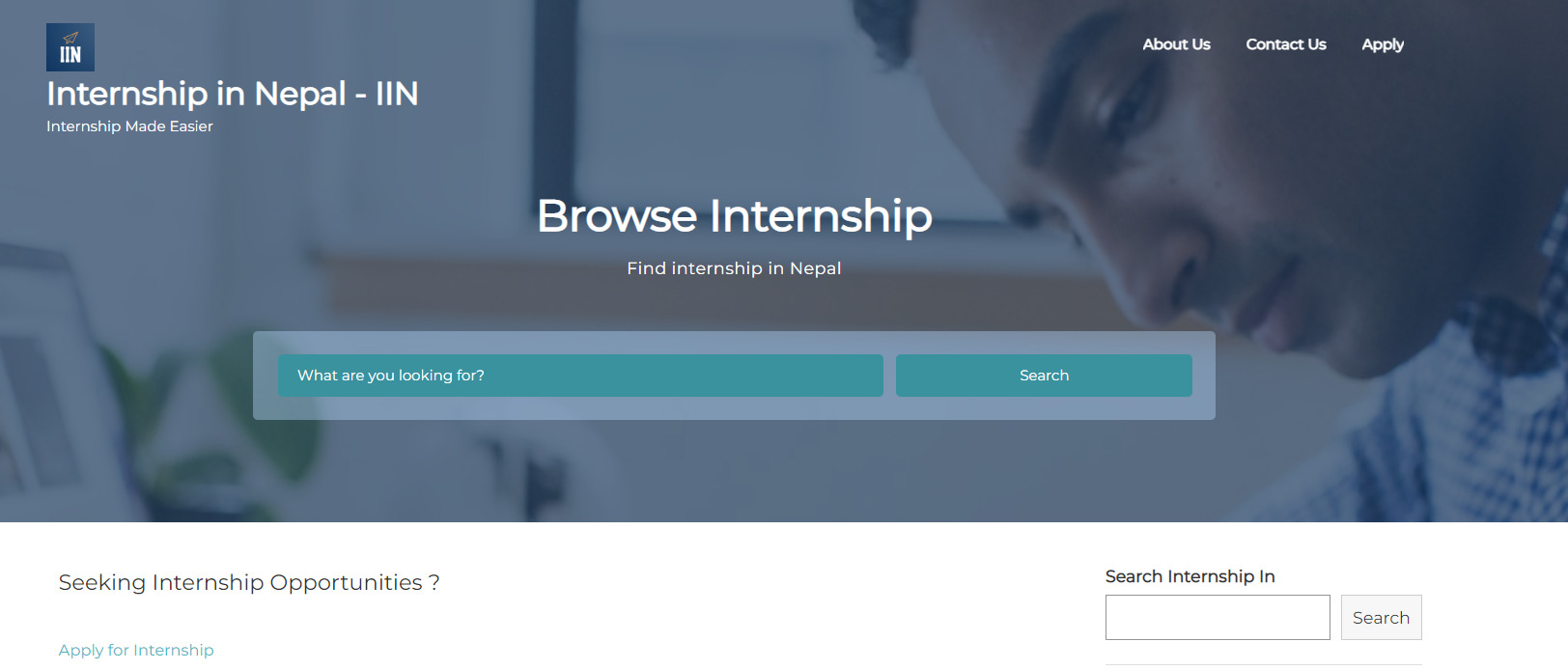- Understanding Technopreneurship:
- Idea, Innovation & Creativity :
- Value Proposition:
- Market Research & Customers Identification
- Competitive Advantage & Markets:
- Introduction to Intellectual Property:
- Planning IT Business & Execution:
- Raising Capital:
- The Product or Service :
- IT Business Models & Globalization:
- Ethics and social responsibility:
Understanding Technopreneurship:
- Concept of technopreneurship
- Technopreneur Vs Entrepreneur
- Traits and characteristics of technopreneur
- Importance of technopreneurship
- Successful global and local technopreneurs
- Challenges in technopreneurship
Idea, Innovation & Creativity :
- Basic concepts in Idea, innovation & creativity
Characteristics of an Innovative or a creative Individual
Process involved and techniques
Principles of Innovation - Research vs development translational research
Types of innovation: product, process, and business model
Innovation ‐driven vs small ‐medium enterprise
Organization‐driven vs market ‐driven ideas
importance of Creativity and Innovation - Factors that impact innovation and creativity
Value Proposition:
- Benefits vs features, relation to needs, and high value adding
- Solution driven or efficiency improvement
- Value proposition statement including Needs, Approach, Benefits per cost, Competition
Market Research & Customers Identification
- Customer needs, pain points and demographics
- Market research and validation
- The decision-making process
- Target customer profile, persona
Competitive Advantage & Markets:
- Classes of competitors
- Product differentiation,positioning
- Market structures
- Market segments, size
- Beachhead market and creating your market
Introduction to Intellectual Property:
Needs of intellectual property
Types of intellectual property
Procedure to register
Intellectual property of a product
Importance of intellectual property in business
Copyright & trademarks regulations
Patents, trade secrets, contracts, non ‐disclosure and non ‐compete agreements
Planning IT Business & Execution:
- Principles and concepts of business ownership
- Types of business ownership
- Factors that influence entrepreneurial venture.
- Factors that influence in starting a new entrepreneurial venture
- Roadmap for research, development, and production
- Develop IT Business Plan.
- Importance of a Business Plan.
- Criteria of a good Business Plan.
- Determine business plan outline
- IT business plan
- Sales and marketing plans; cost of customer acquisition, customer lifetime value
- Plans for R&D, operations, sales and marketing, human resources
- Lean concepts and organization
Financial Analysis and Accounting Basics:
- Organize financial plan for new ventures in technopreneurship
- Importance of financial plan
- Preparing financial statements and capital budgeting in IT Business
- Cash flow statements and projection
- Income (P&L) statements; accrual accounting, depreciation, operating expense
- Balance sheets; equity, liability
- Breakeven time
Raising Capital:
- Sources: debt and venture capital
- Incubators, accelerators
- Grants, competitions
The Product or Service :
- Core value of product or service
- Minimum viable product anditera tive design
- Cost of goods sold
- Product development plan, Gantt chart
IT Business Models & Globalization:
- Time value of money
- Revenue generation
- Price structure; price elasticity
- Channels of distribution
- Strategic partners
- Cultural differences in communication
Ethics and social responsibility:
Ethics. codes of ethics
theoretical frameworks
broader ethical considerations
Ethical issues





